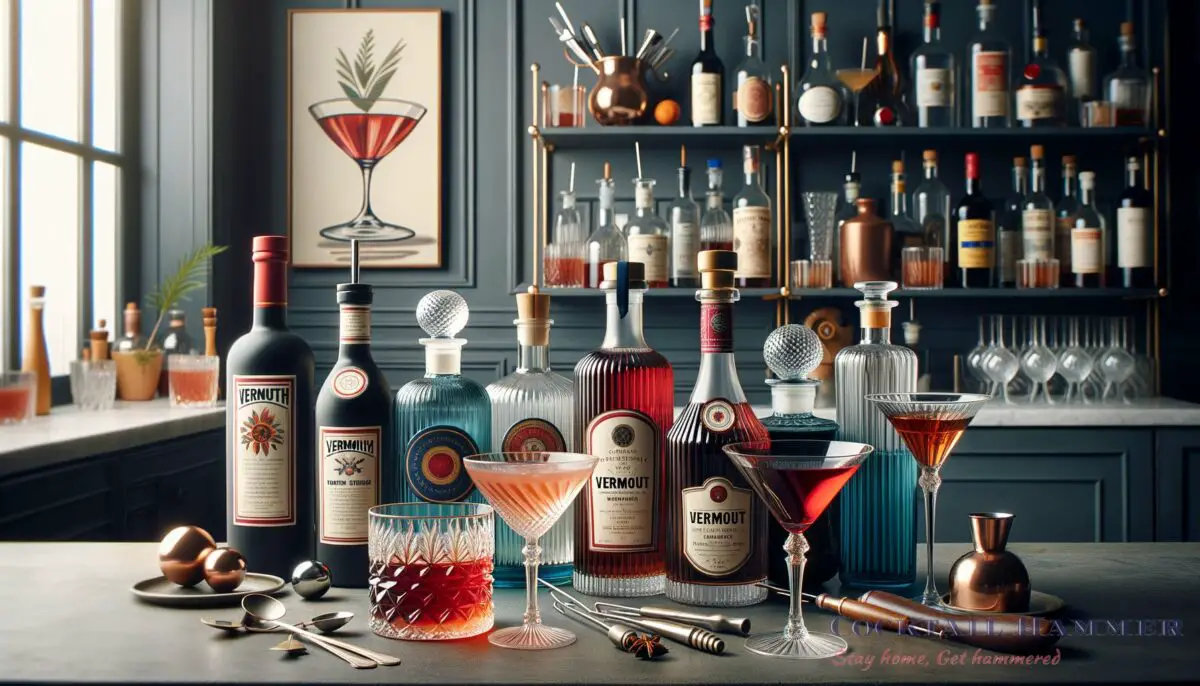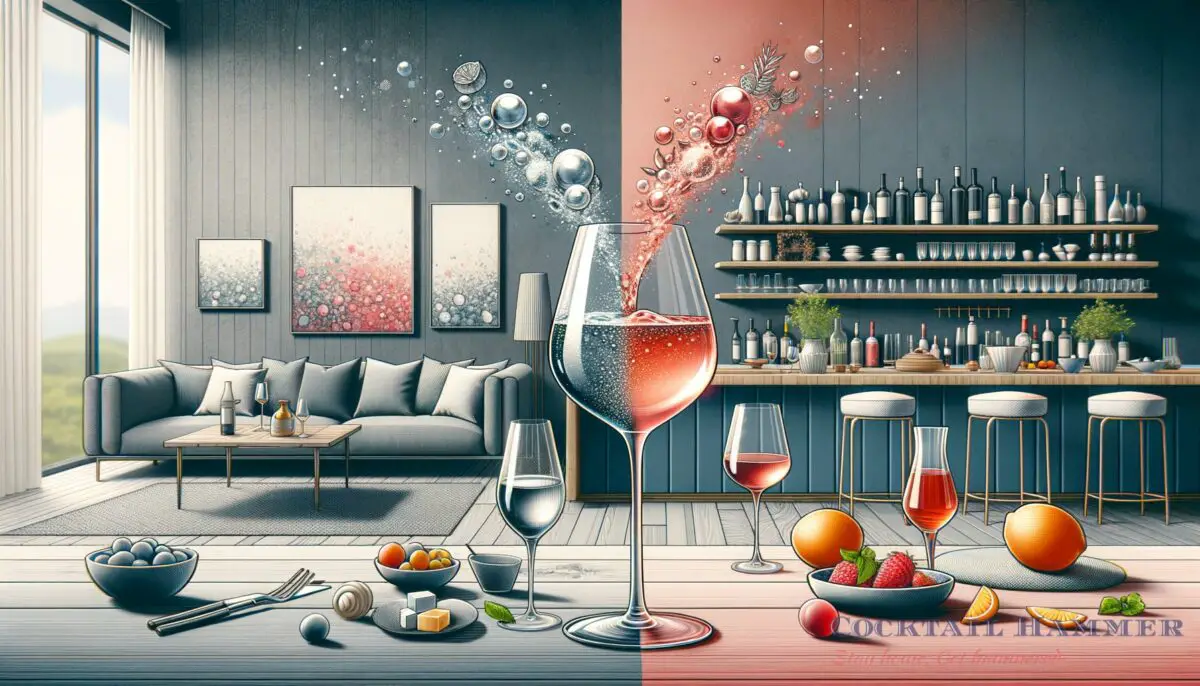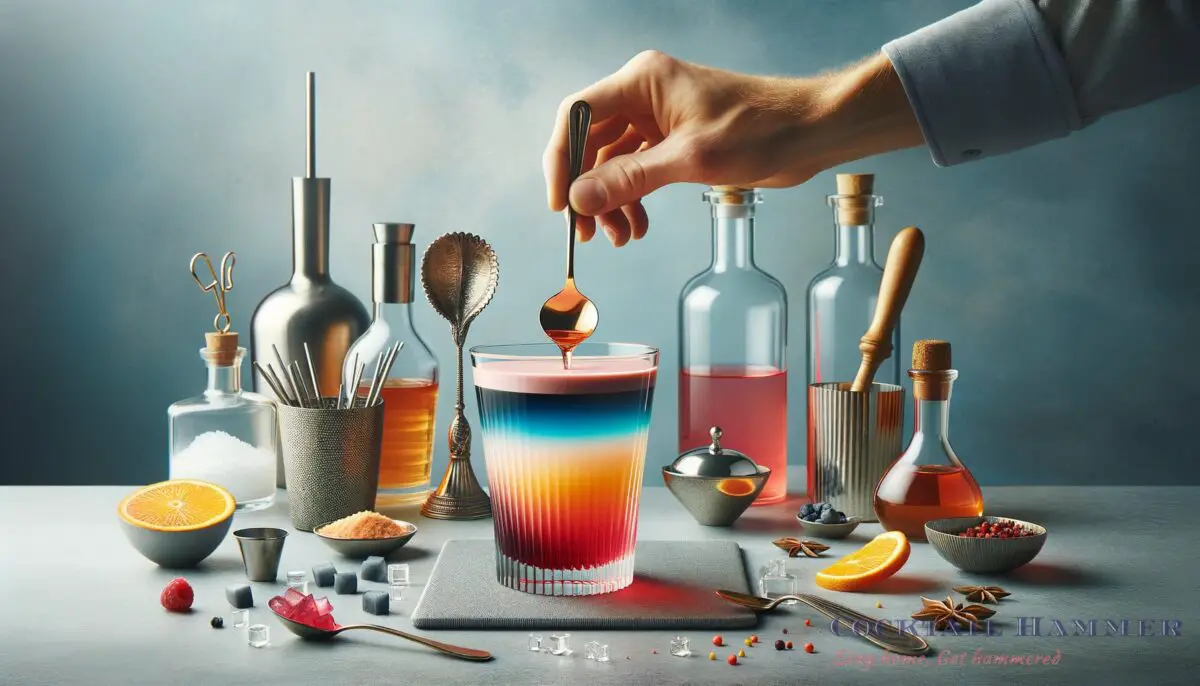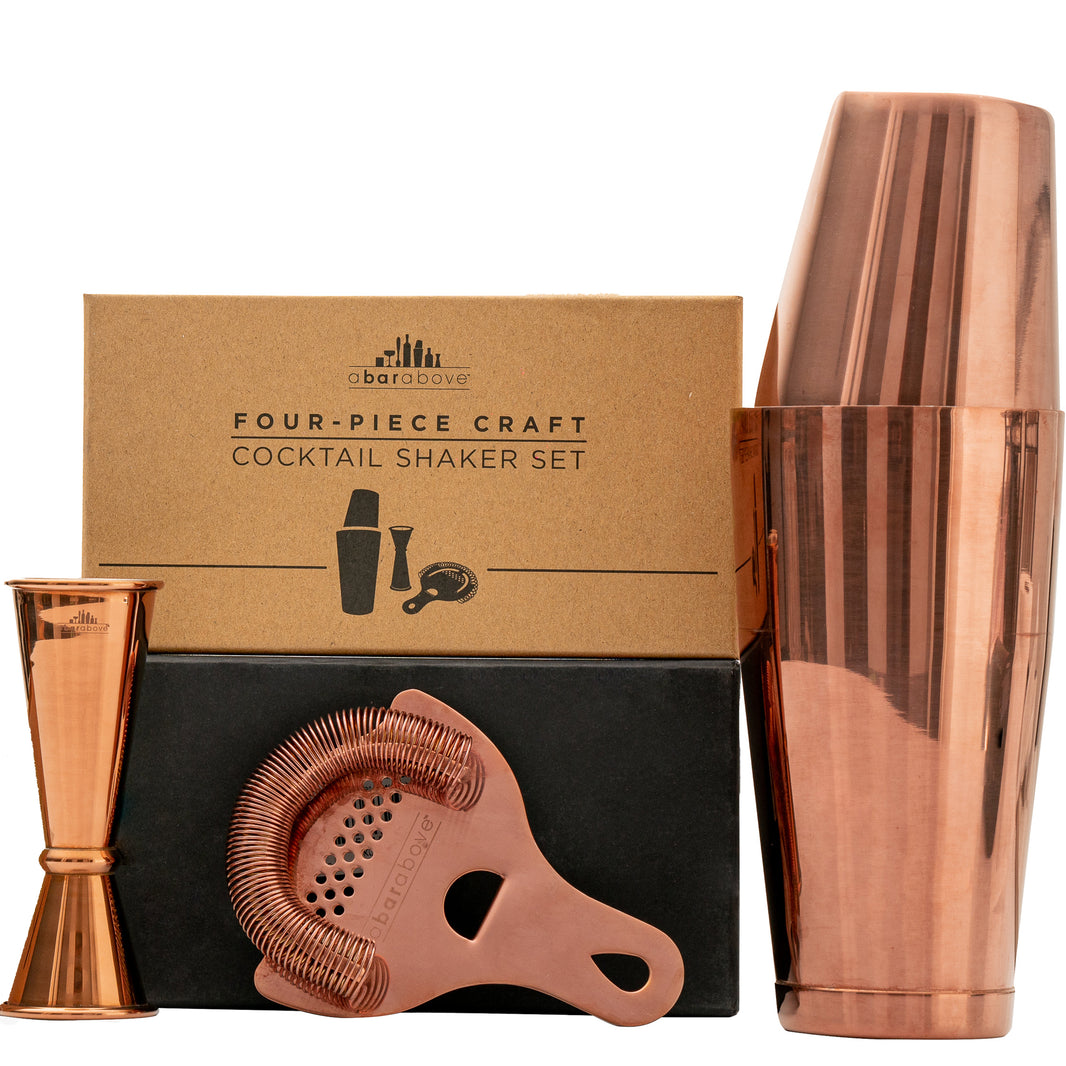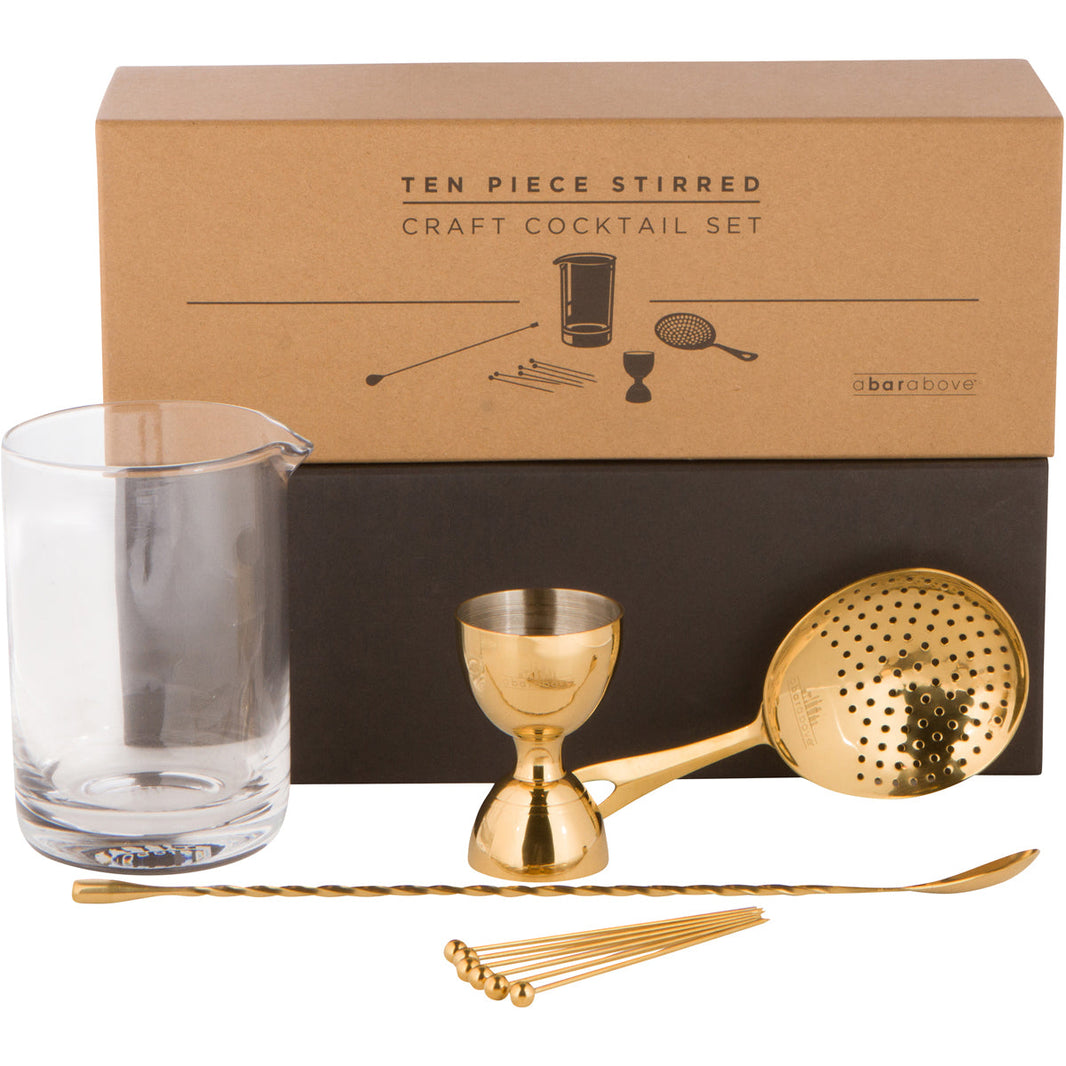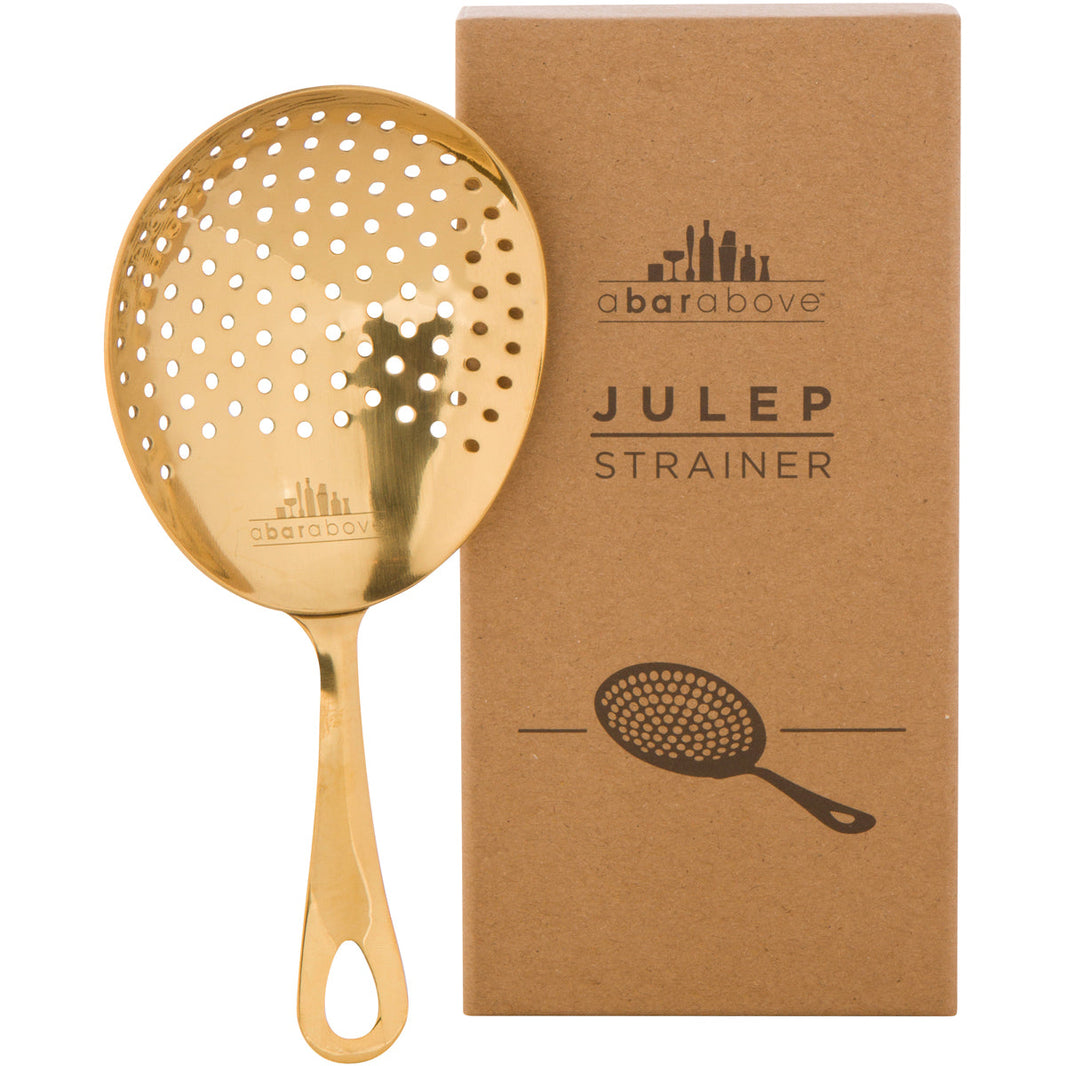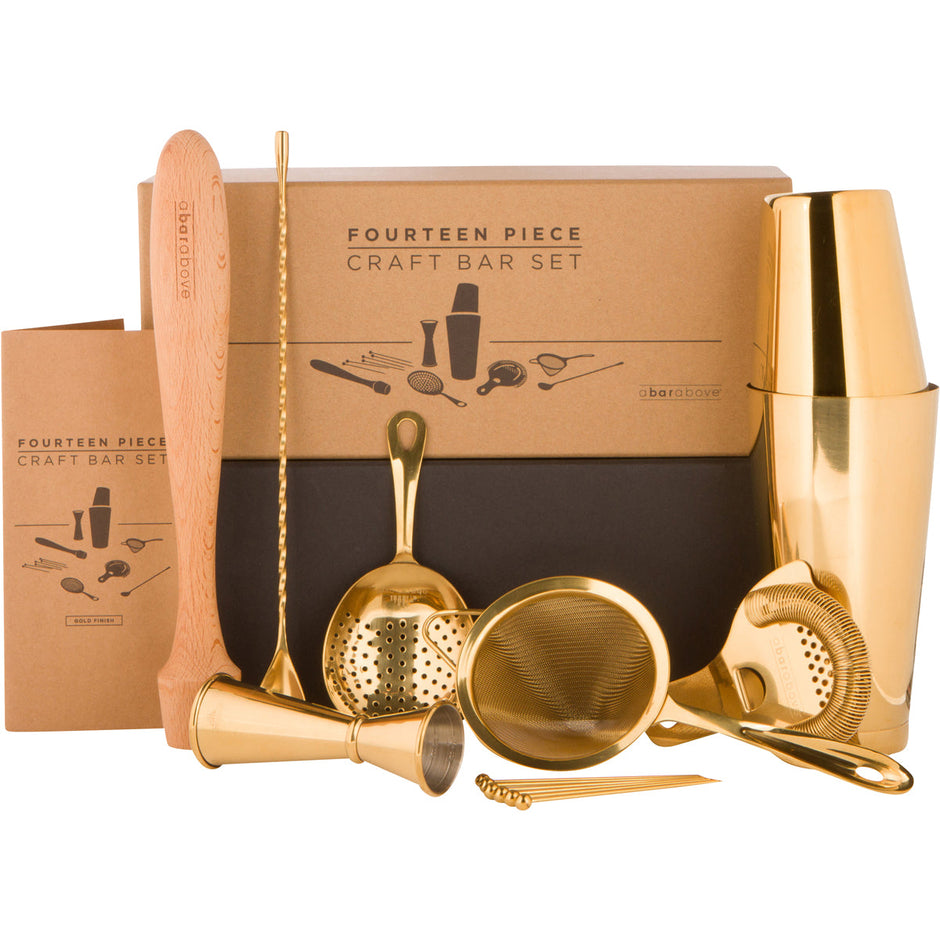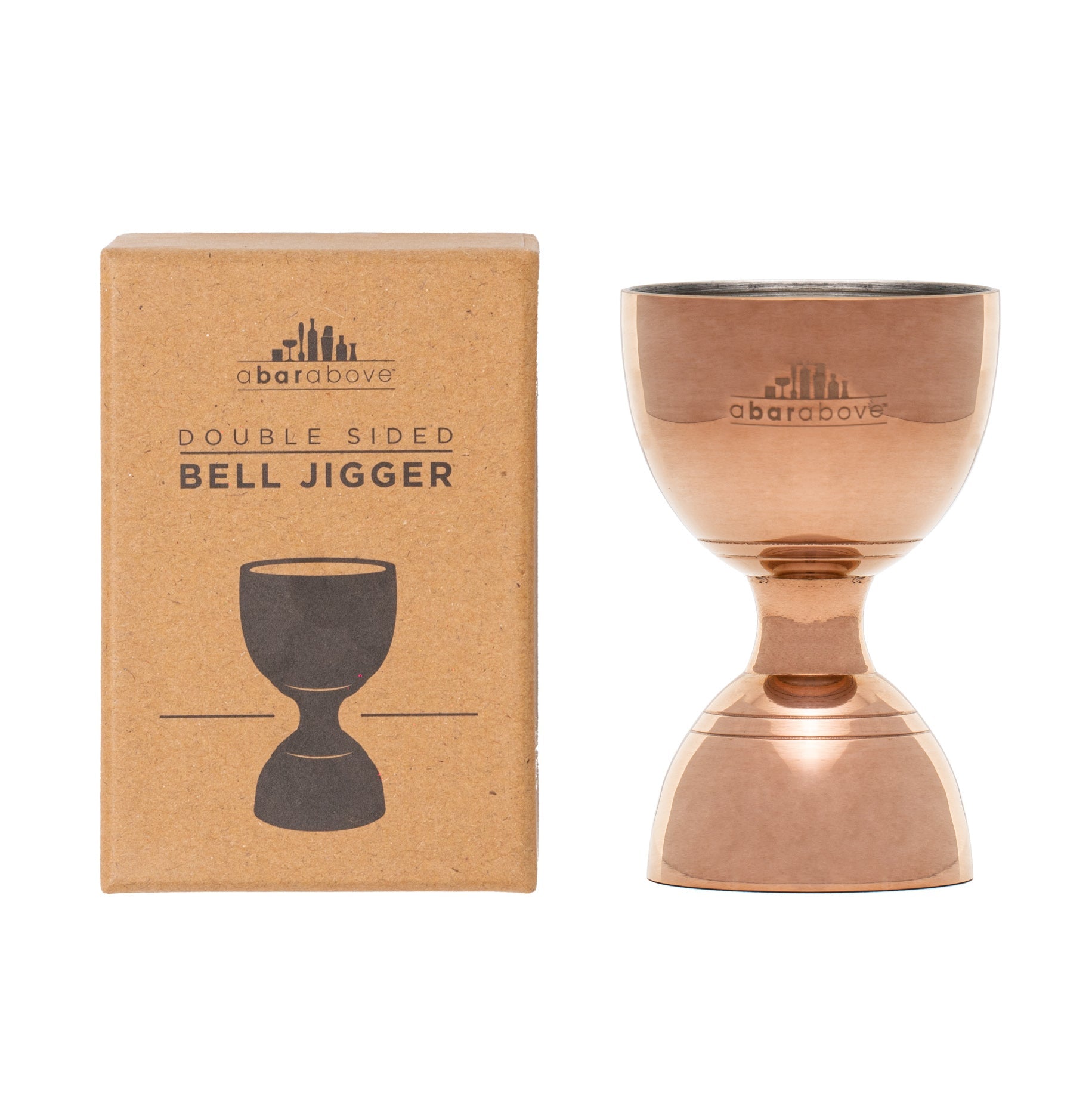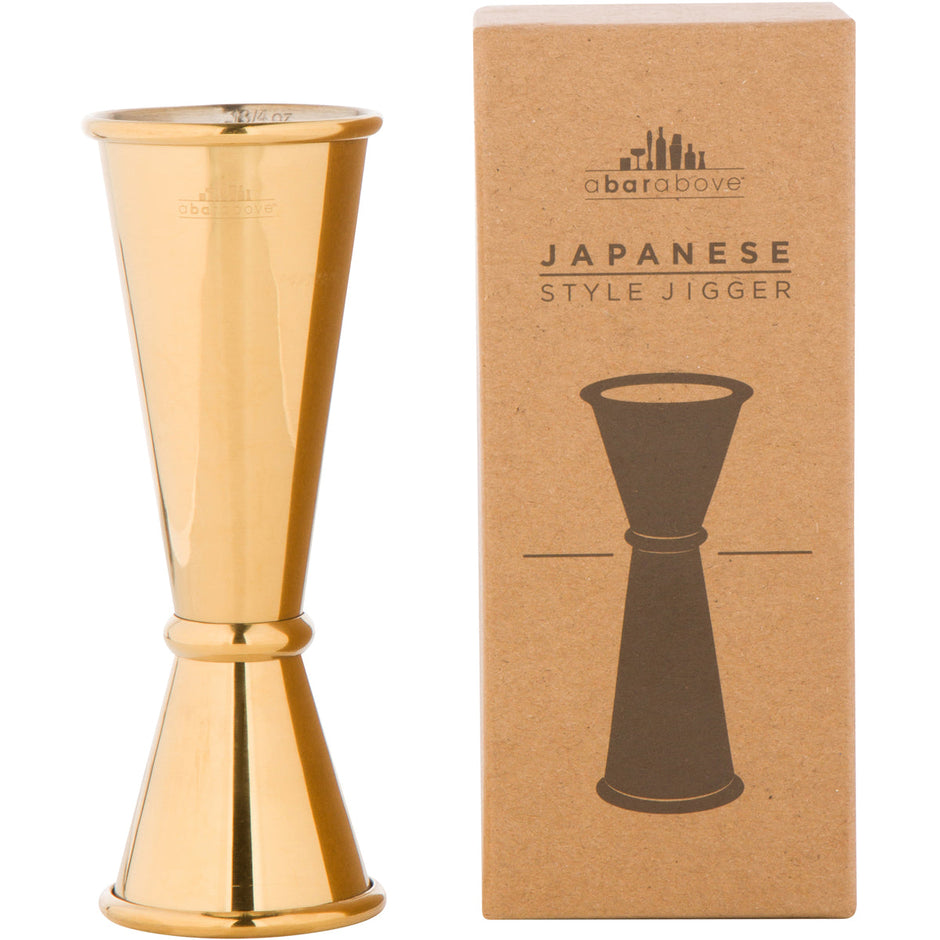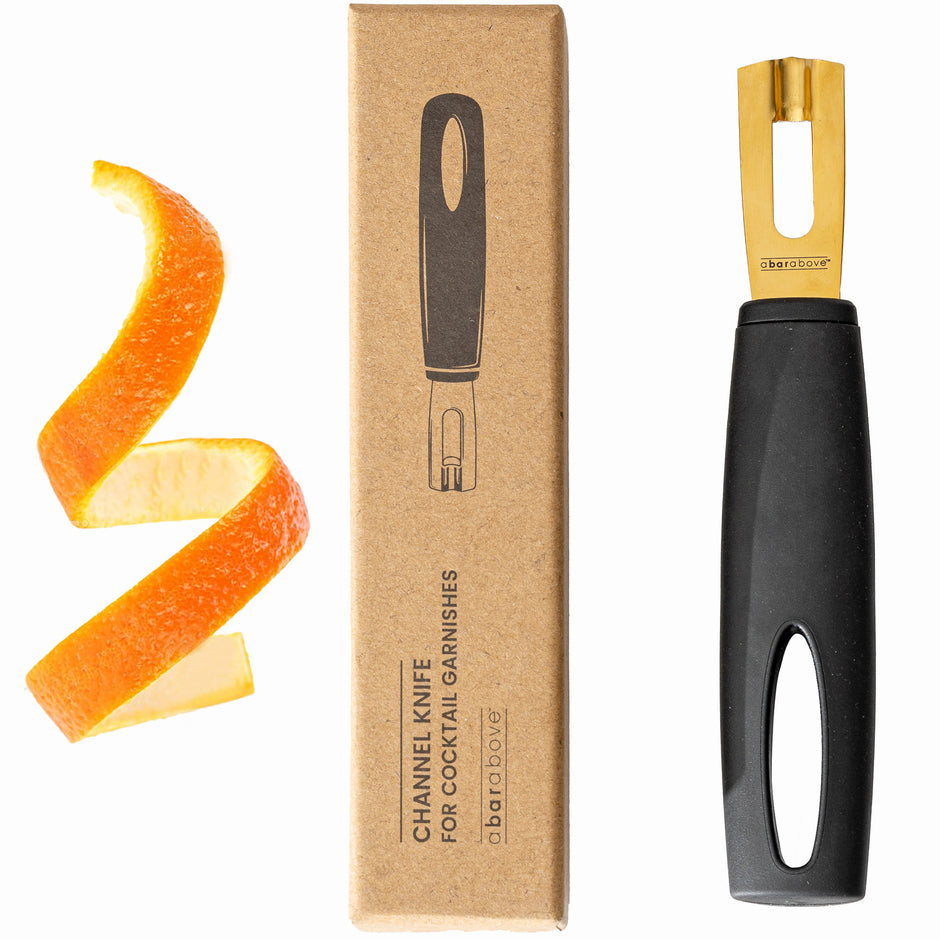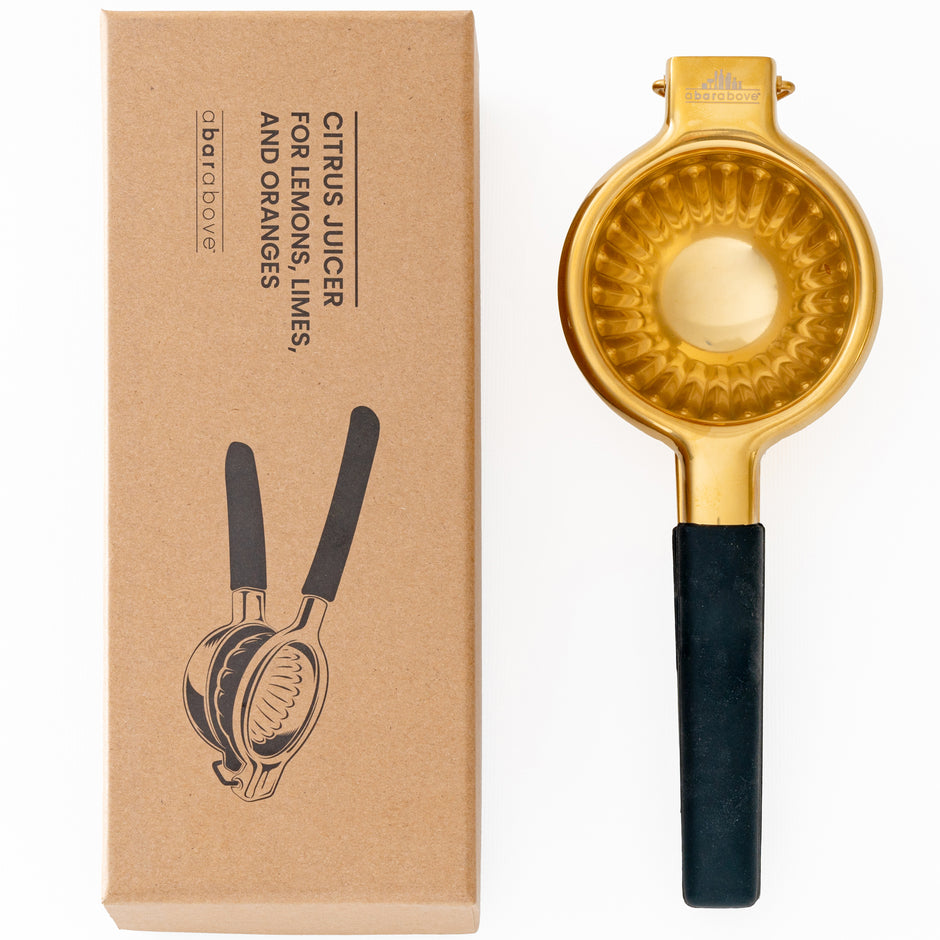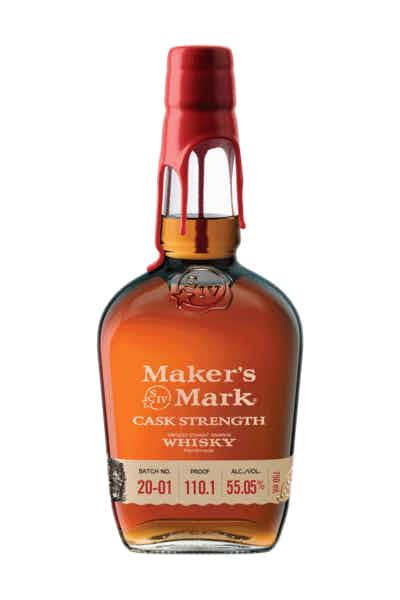Ever walked into a bar and overheard a fiery debate about the essence of cocktail-making? That’s the power of understanding each component’s role, from shiny bar tools to mysterious ingredients. Why do we even use bitters in drinks? Here’s the scoop on the significance of bitters in mixology.
Key takeaways
- Depth and complexity: Bitters add layers of flavor and character to cocktails.
- Scent story: Aroma is greatly enhanced with the inclusion of bitters.
- Historically, bitters have roots in medicinal tinctures.
- Visual appeal: Bitters can turn a drink into a work of art.
What’s the secret behind bitters in cocktails?
Have you ever taken a sip of a cocktail and experienced a flavor explosion that somehow tastes perfect? That’s usually the magic touch of bitters. This list dives into the reasons these potent potions are a bartender’s secret weapon.
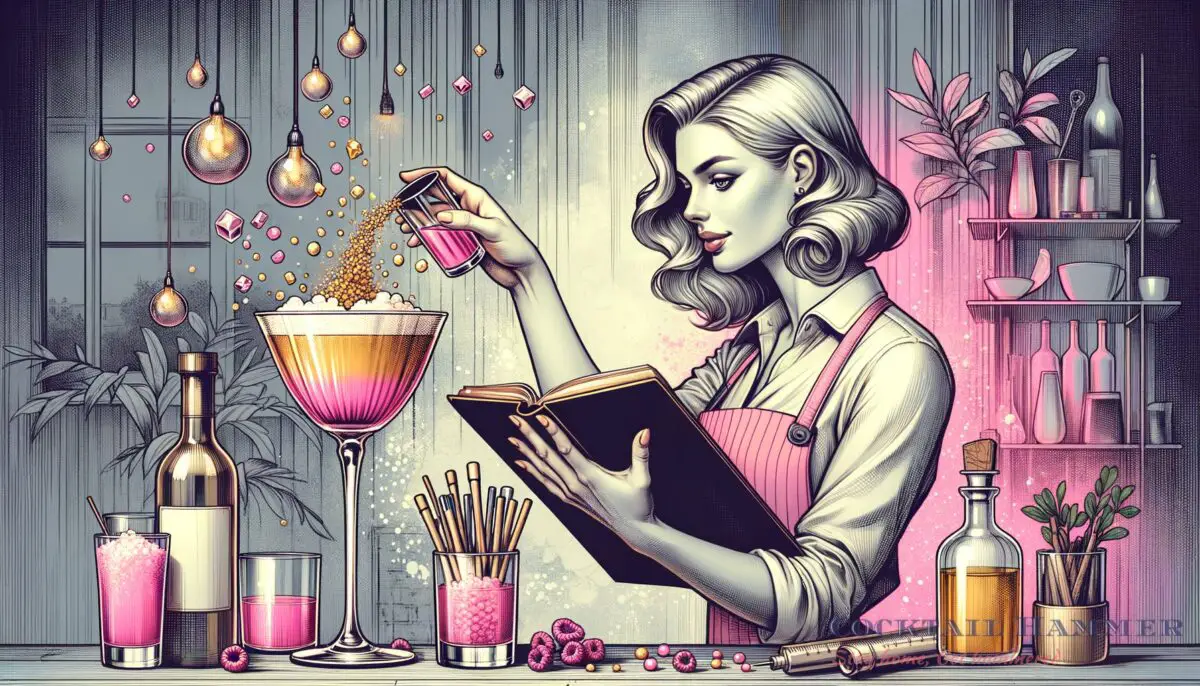
We’ll mix up some knowledge on their versatility and how just a few drops can elevate your sipping experience.
1. Flavor complexity
Bitters add a layer of flavor complexity that’s tough to replicate with other ingredients. Just like a pinch of salt can wake up a dish, bitters bring out the finer notes in a cocktail. They’re the dash of intrigue that can transform a simple drink into a symphony of taste.
When you’re stirring up something special in your home bar, knowing how to wield bitters can be as crucial as choosing the right Boston shaker.
They don’t just blend in; they bring balance, tying all the components together harmoniously. Whether it’s brightening up a sour or rounding out the warmth in a whiskey drink, bitters have the finesse to fine-tune flavors without overpowering the star spirits.
2. Aromatic allure
There’s a reason your nose perks up when a cocktail garnished with bitters passes by—it’s the fragrance that’s too alluring to ignore. Bitters are like the scented candles of the mixology world; they create an ambiance before the first sip even hits your lips. Peek into a seasoned mixologist’s toolkit, and you’ll find these fragrant bottles nestled among essential bar tools, ready to awaken your olfactory senses.
These concentrated tinctures are steeped with a mélange of botanicals, herbs, bark, roots, and flowers, contributing a scent narrative to each concoction. Whether you’re in the mood for a zesty zing of citrus or the earthy undertones of angostura, the right bitters can steer your drink to aromatic excellence.
3. Historical roots
Let’s step back in time—bitters were originally crafted as medicinal tinctures. Today, while we’re not suggesting they cure ailments, they certainly treat the palate to a historical depth of flavor. This blend of the past and present is not just about nostalgia; it’s about honoring a centuries-old tradition that continues to breathe life into modern mixology.
Imagine a classic like the Old Fashioned without that touch of angostura—it would be like seeing New York without the skyline, familiar yet lacking its distinctive character. By adding bitters, bartenders pay homage to the origin stories of pioneering potions that have shaped the art of cocktail making.
4. Digestive aid
A little known yet historic use of bitters is their digestive properties. After a grand feast, a cocktail with bitters can be the sophisticated bow on the package, offering a soothing finish. It’s the thoughtful attention to after-dinner comfort that can elevate hosting to an art form.
As you explore the world of digestifs, you’ll find bitters at the heart of many recipes. They’re not just about taste—they’re about the experience, crafting a conclusion to the meal that feels complete and mindful of your guests’ contentment.
5. Visual appeal
Bitters are like the scented candles of the mixology world; they create an ambiance before the first sip even hits your lips. They don’t just blend in; they bring balance, tying all the components together harmoniously.
Last but not least, bitters can be a visual artist in your drink-making palette. A few strategic dashes on the surface of a foamy drink create a beautiful pattern that teases at the mastery within. In the Instagram age, a cocktail isn’t just a beverage; it’s a piece of shareable art.
Think of bitters as your finishing touch, the garnish that can turn your home concoctions into a marvel. You don’t need to be a pro with a camera to capture the perfect drink shot when bitters can add that splash of awe for both the eyes and taste buds.
More bartending tips
Stepping up your home bartending game takes more than just a shaker and a few recipes. It’s all about the nuanced touches that transform a drink from good to unforgettable. Here you’ll find a collection of tips to help you wield bitters like a mixology maestro.
- Experiment with different bitters to discover unique combinations.
- Start with a small number of drops; you can always add more, but you can’t take them out.
- Pair the flavor profile of your bitters with complementary spirits to enhance the cocktail.
- Store your bitters collection in a cool, dark place to maintain their potency.
- Educate yourself on the history and varieties of bitters to better understand their use in drinks.
Bartending do’s and don’ts
Whether you’re a professional bartender or an enthusiastic amateur, there’s an art to crafting cocktails. Below you’ll find a handy guide to the do’s and don’ts of bartending.
| Do | Don’t |
|---|---|
| Measure ingredients accurately | Overpower your cocktail with too many bitters |
| Chill your glassware | Neglect hygiene and cleanliness |
| Use fresh ingredients where possible | Use cheap, low-quality ingredients |
| Taste your drinks before serving | Forget to balance the flavors |
| Build rapport with your guests | Ignore your guests’ preferences |
The perfect balance of flavors is key to an exceptional cocktail.
Advantages and disadvantages of using bitters in cocktails
Adding bitters into cocktails is like painting with a new spectrum of colors. However, as with any ingredient, there are both perks and pitfalls. Let’s sip through the pros and cons.

Advantages
- Adds depth and layers of flavor, making cocktails more complex and interesting.
- Enhances the aroma, contributing to the overall experience of the cocktail.
- Can have a positive effect on digestion when enjoyed in moderation.
- Offers historical authenticity to classic and contemporary recipes.
- Provides visual appeal to drinks, adding an element of craftsmanship.
Disadvantages
- If used excessively, can overpower the primary flavors in the cocktail.
- The vast array of available bitters can be overwhelming for beginners.
- Some high-quality bitters can be expensive and may not be readily available.
- Requires a discerning palate to balance effectively within a drink.
In my humble opinion, bitters are the unsung symphony conductors of the cocktail world. They guide the flavors of each spirit, mixer, and garnish to create a harmonious outcome. It’s like having a hidden flavor wizard in your pantry ready to amaze anyone with a few dashes of mystery.
And remember, with great power comes great responsibility, so use those dashes wisely to craft your personal potion.
Please note, I’m not a mixologist by trade; I’m just someone who adores the craft of cocktail creation. Still, I’ve seen firsthand in my own concoctions and at the bars across New York just how a few drops can make or break a drink. It’s more about intuition and less about precision, which I think makes mixology an art form in its own right.
Check out the philosophy of balance in cocktail making for deeper insight into crafting the perfect drink.
If you are a visual learner, check out this video titled ‘Cocktail Bitters & How to Use Them!’
Frequently asked questions (FAQ)
Can bitters expire?
Bitters are high in alcohol, which acts as a preservative, so they don’t expire like perishable foods. However, their flavors can change and diminish over time, especially if they’re not stored properly. It’s best to store them tightly sealed in a cool, dark place to keep them at their best for as long as possible.
How many types of bitters are there?
The world of bitters is vast and ever-expanding. There are classic varieties like Angostura and Peychaud’s, as well as countless artisanal brands creating their own unique flavor profiles. With new types emerging from botanicals to spicy and even barrel-aged, there’s a bitter out there for every palate.
Can bitters be a centerpiece ingredient in a cocktail?
Absolutely. While typically used in dashes, bitters can play the lead role in certain cocktails. Drinks like the Trinidad Sour feature a hefty pour of Angostura bitters as the main ingredient, showcasing their ability to stand center stage in a bold, flavor-forward libation.
Final thoughts
As we shake up our final sips, let’s not forget the magic that bitters bring to our cocktails. They’ve been spicing up our libations for centuries and continue to be a testament to the creativity and tradition of bartending. Whether you’re a seasoned pro or a newbie with a shaker in hand, bitters are a must-have in your mixology toolkit.
Keep experimenting, keep learning, and let each cocktail tell its own story.
Have you discovered a favorite bitter that’s become your go-to for home concoctions? Did I cover everything you wanted to know?Let me know in the comments section belowI read and reply to every comment. If you found this article helpful, share it with a friend, and check out my full blog for more tips and tricks on home bartending. Thanks for reading, and here’s to crafting your next show-stopping cocktail!




